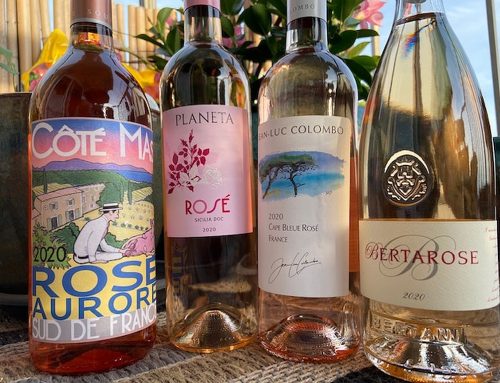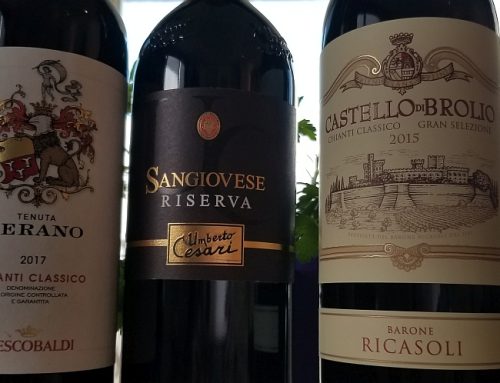Winter’s bleakness yields to a cornucopia of fragrant fruit in a glass of Masi Costasera Amarone 2005.
Masi dates to 1772, when the Boscaini family purchased the Viao dei Masi vineyard in the Valpolicella area, located in northern Italy’s Veneto region. Masi is under the direction of sixth-generation vintner Sandro Boscaini, who is assisted by his children.
Masi makes a range of wines, including five Amarones. A few weeks ago, Sandro Boscaini made his annual trip to our area to show his most recent vintage, 2005, of the Costasera Amarone. Along with this vintage, he poured the 2003 (both regular and riserva), as well as the 1997, 1995, 1990, and 1988 vintages.
Readers who drank Amarone in the 1970s and 1980s recall that it was always considered the biggest, boldest wine, requiring hours of aeration. Beef, lamb and gorgonzola cheese were the menu favorites for this brawny Italian. And that at times, the wines suffered from oxidation and were brownish. Times have changed.
For years, I’ve said that California winemakers did something for Amarone never before thought possible: It made Amarone a medium-bodied wine. Where Amarone is nearly always 14.5 to 15 percent alcohol, California cabernets and zinfandels push Amarone aside with 15.5 to nearly 17 percent alcohol. While Amarone is fruit-filled, it’s not as overwhelming as the jammy, marmalade-like texture of California wines. Amarone is brawny, but many California cabernet sauvignons and zinfandels are obese.
The 2005 Masi Costasera Amarone gains its middle name from vineyards planted on sunset-facing western slopes — costa means slopes, and sera means evening. Masi believes this longer exposure to the sun produces more flavorful grapes. The 2005, along with the other Costasera wines dating to 1988, support that opinion.
The 2005 is an eye-appealing bright red. Cherry, black pepper, and sagelike fragrances float from the glass; black-cherry flavor runs across the palate with soft but supporting tannins. At 14.75 percent alcohol, one would expect a jolt of heat in the back of the mouth, but none arrives. Instead, a balance of fruit, tannin and acidity gives it a long, pleasing finish.
In the 1990s, Masi, along with other top Amarone producers, changed the way Amarone is made. Appassimento, the process of drying the grapes after harvest, used to be done on trays left in open-window attics until January. Now computerized drying rooms mimic the best natural conditions of humidity and temperature required for drying the grapes. Fermentation with cleaner grapes results in clear red wines with fresh fruit flavors, exactly what consumers want of modern-day wines.
“Amarone is a perfect wine with steaks,” Sandro Boscaini says. True, but unlike the obese California wines that smother our palates, Amarone’s balance makes it delightful with grilled pork chops, sausages and peppers, and come summer, a grilled hamburger with portobello mushroom.
The 2005 Masi Costasera Amarone retails for approximately $69.







Leave A Comment